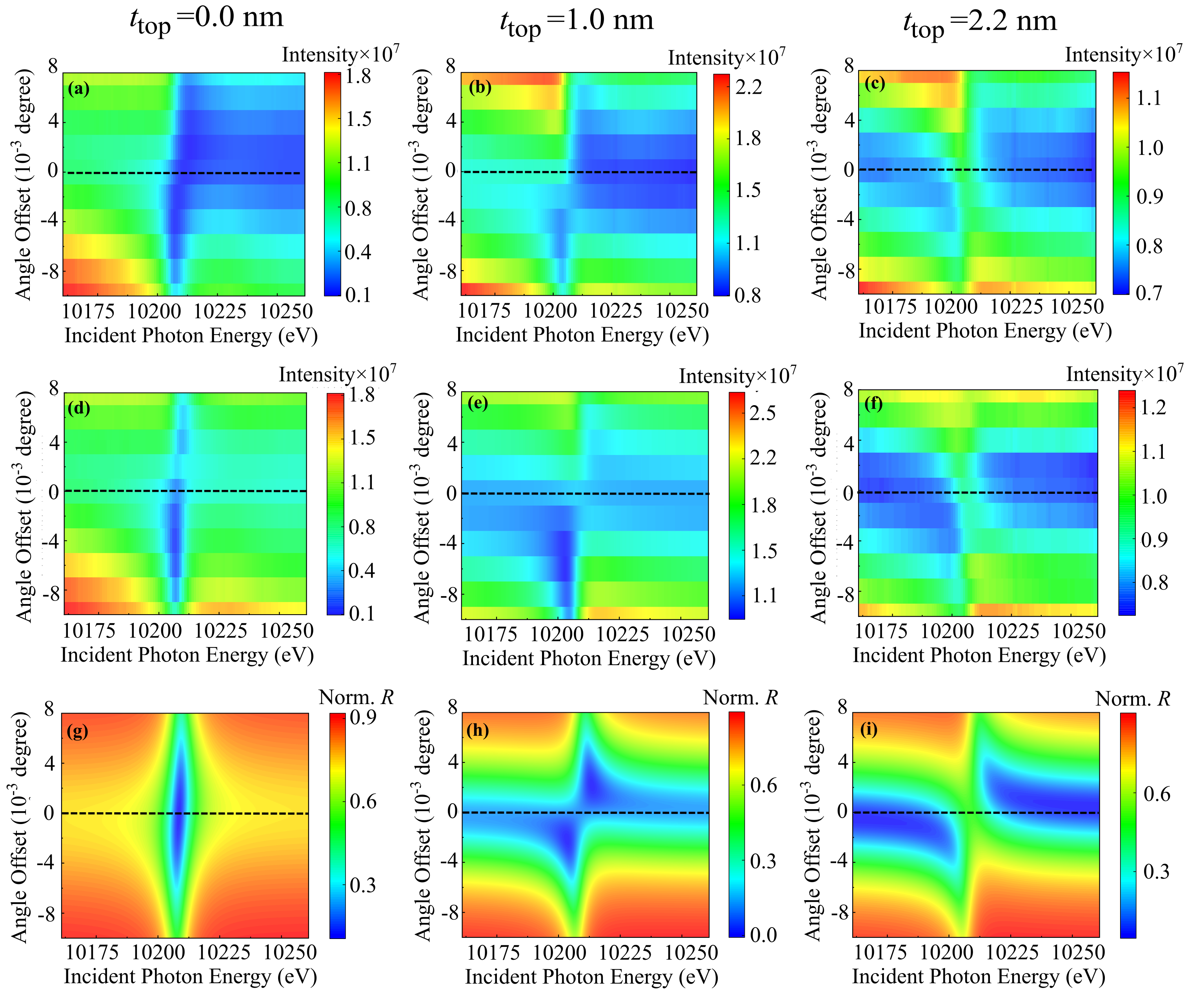Description
Fano formula, describing the ubiquitous interference between non-resonance continuum and resonant discrete state, is one of the most important formulas in modern physics [1,2]. As we all known, according to the real number of the line profile index q, the Fano profile can be divided into the symmetric and asymmetric line shape. In this work, we propose a new perspective on the regulation of Fano's line shape by modulating the Imaginary part of complex q-factor. We demonstrate that Fano interference not only has asymmetric and symmetric line, but also has flat-line cases that can be used to hide atomic resonance information when q taking the pure imaginary number of -1 in x-ray regime.
In the experiment, the dual-channel interferometer is constructed by embedding an X-ray planar cavity into an ultrathin atomic layer, in which the cavity and atoms reflect grazing-incidence X-rays to form tunable continuum and resonant discrete state channels, respectively [3,4]. By changing the thickness of Pt on the top layer of the planar cavity, the amplitude of the continuum channel can be controlled. The underlying mechanism is that the interference term in the scattering will cancel the discrete one exactly. This new Fano profile renders an only observable continuum along with an invisible response to the discrete state of atomic resonance.
Key words: Fano interferes, flat line, complex q, x-ray cavity

Fig. 1. The 2D maps of the reflectivity spectra vs. the energy and angle offset. (a-c) Reflectivity spectra of the samples with t$_\textrm{top}$ as 0.0 nm, 1.0 nm, 2.2 nm, respectively. Panels (d-f) show the experimental results of (a-c), with the absorption edge being subtracted. Panels (g-i) show the calculations by quantum optics model. From the left to the right panels, the conversion from peaks to valleys is clearly observed at the corresponding mode angles (dashed lines).
[1] U. Fano, Phys. Rev. 124, 1866 (1961)
[2] U. Fano and J. W. Cooper, Phys. Rev. 137, A1364 (1965)
[3] K. P. Heeg et al., Phys. Rev. Lett. 114, 207401 (2015).
[4] J. Haber et al., Phys. Rev. Lett. 122, 123608 (2019).
| Presenter name | Ziru Ma |
|---|---|
| online poster URL | https://sm.ms/image/lpAVUtSkf1LBD7x |
| How will you attend ICAP-27? | I am planning on virtual registration for online attendance |

